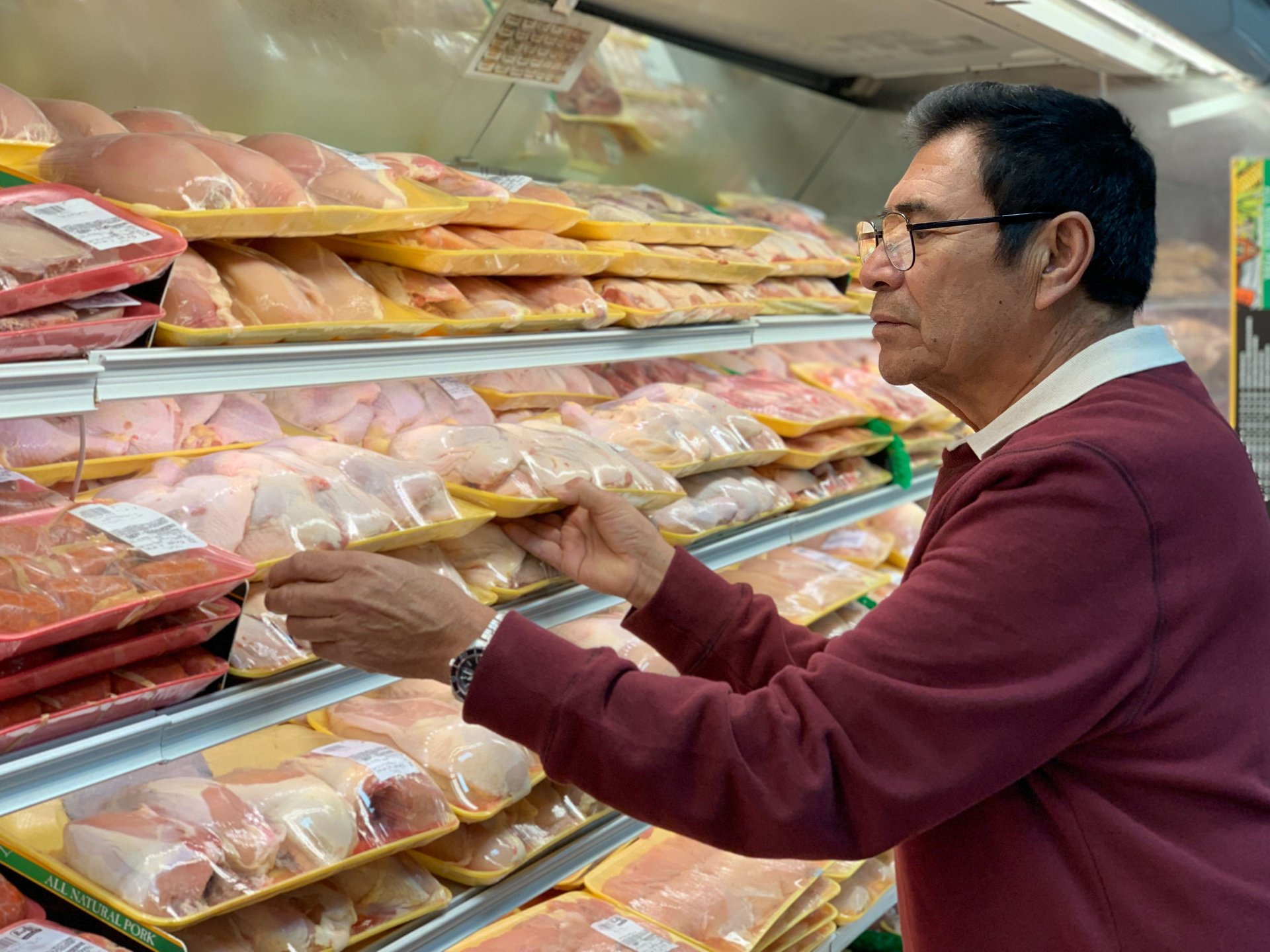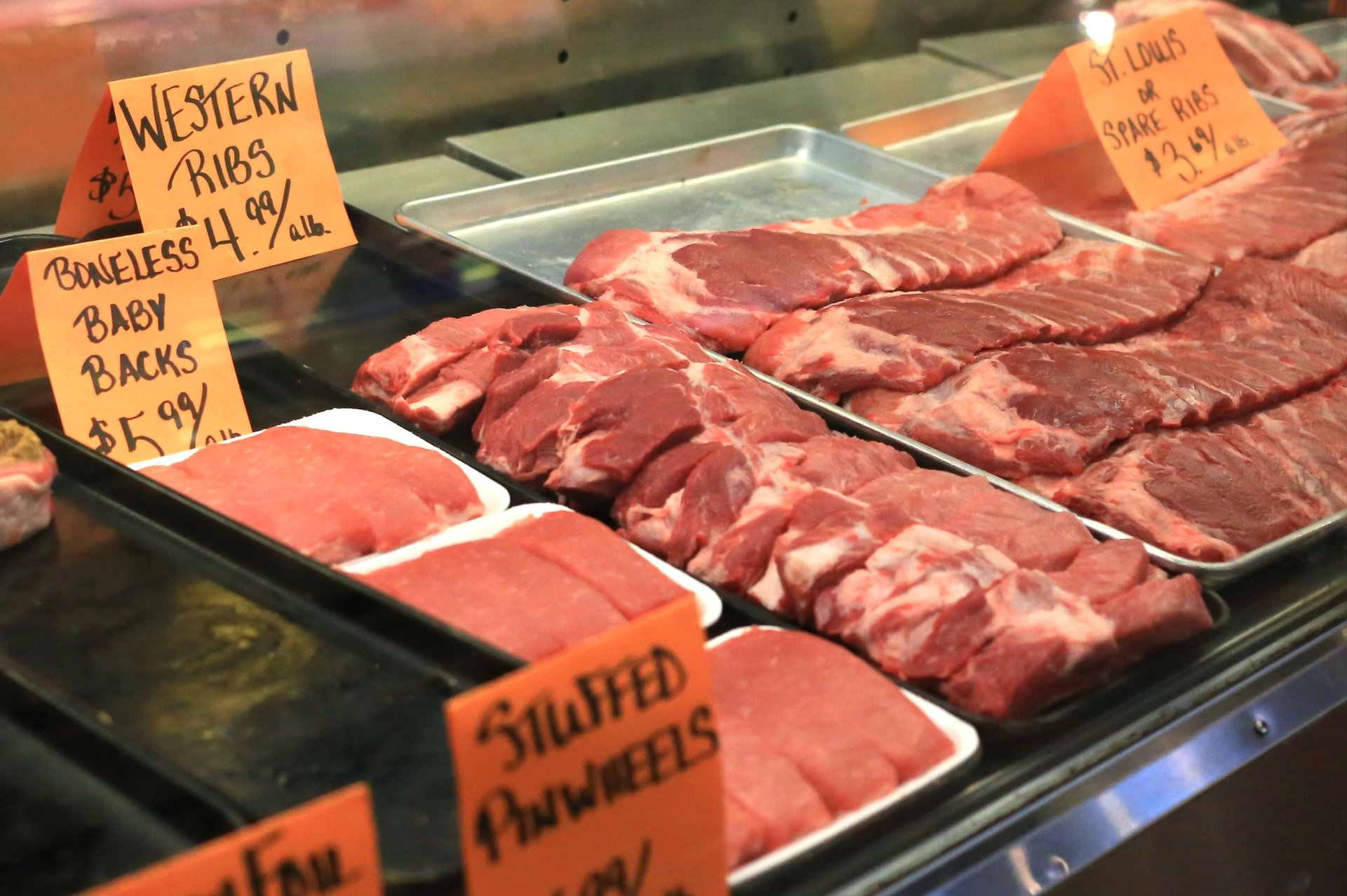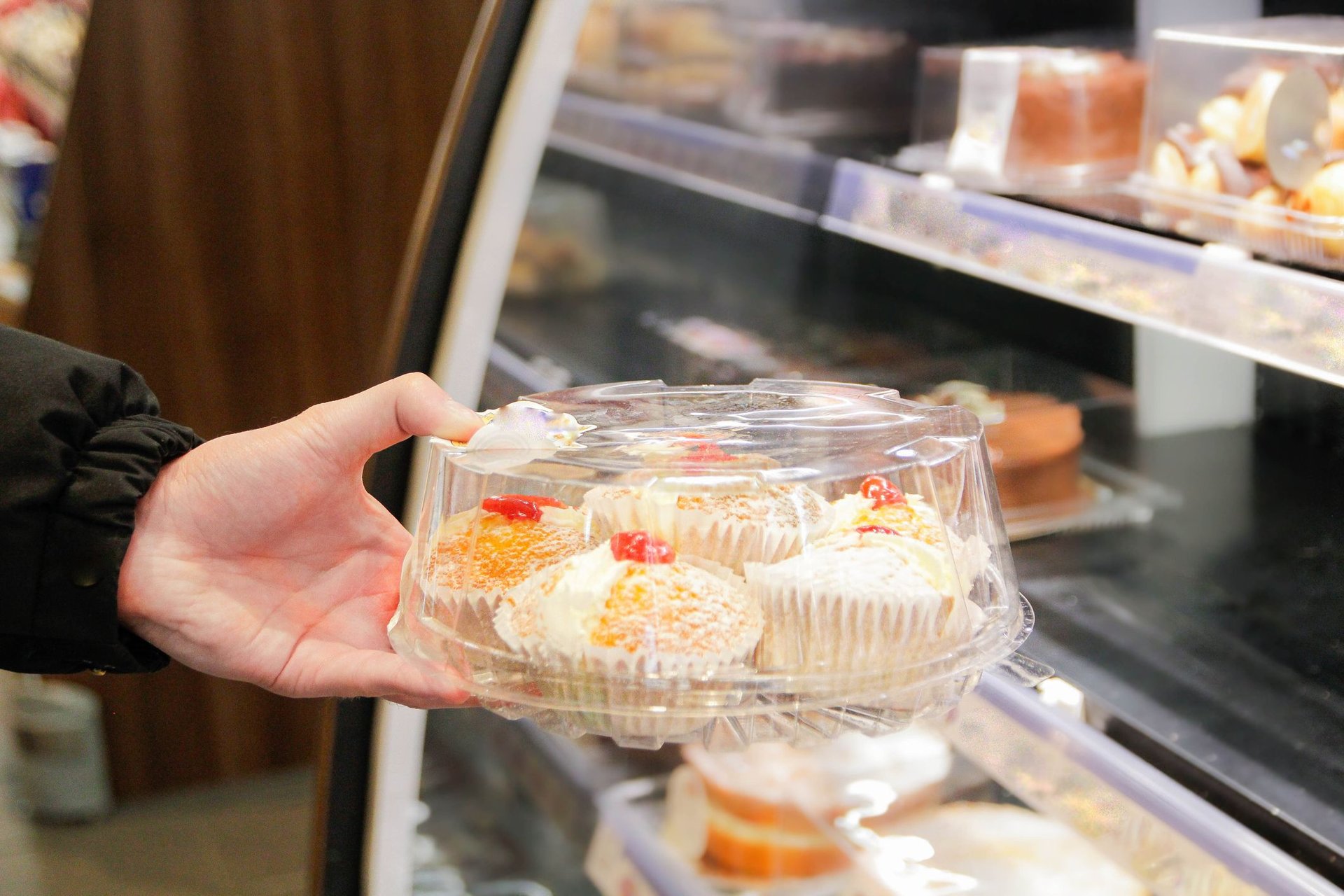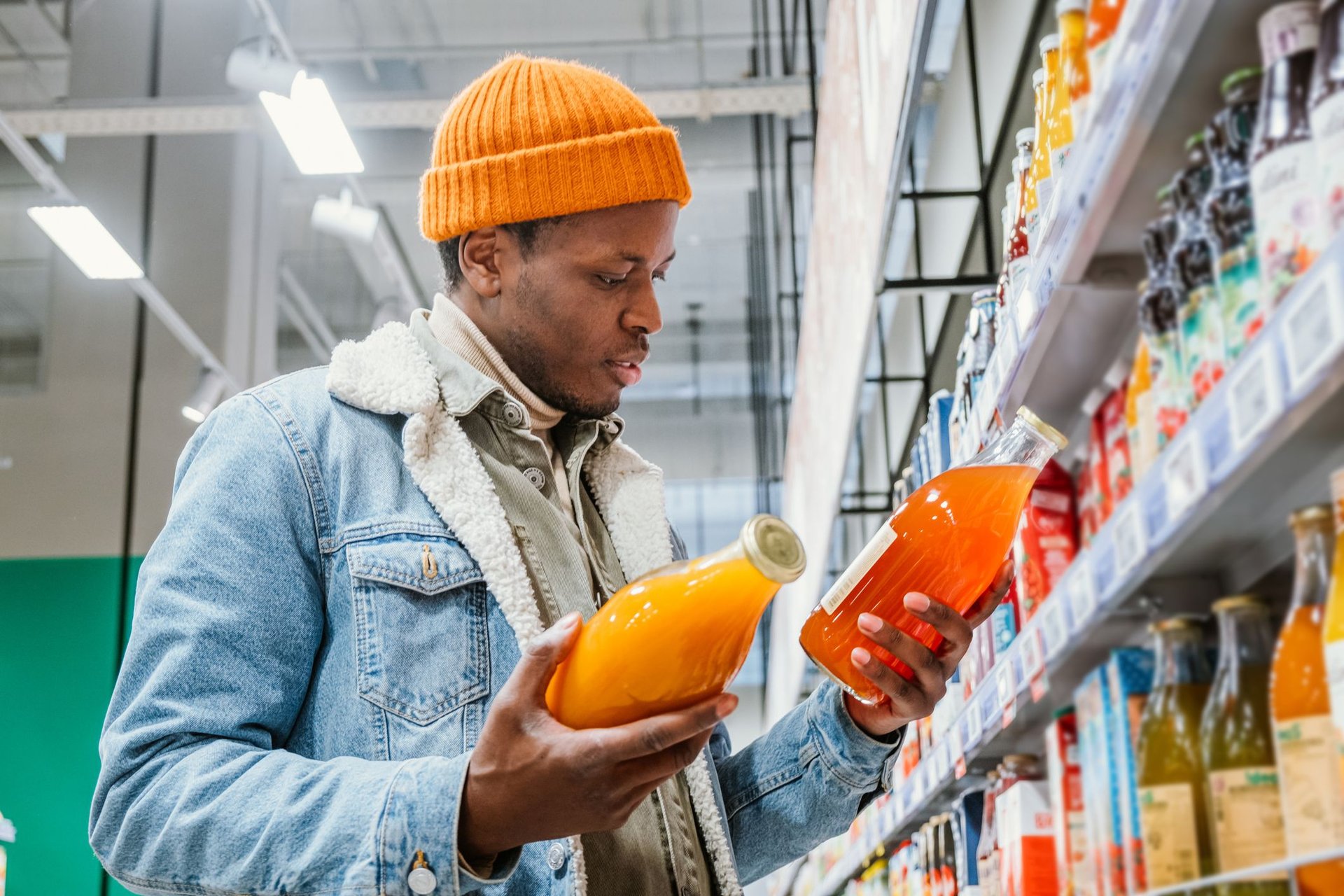5 grocery items besides eggs that are more expensive in 2025
New data from the USDA and BLS explains why your grocery bill might be increasing — even if you're cutting back on eggs
.jpg)
Anyone who has been to a grocery store this year knows a carton of eggs costs more than it used to. In fact, egg prices are projected to increase by 24.6% in 2025, according to the latest estimates from the U.S. Department of Agriculture (USDA).
The agency recently released its updated food price outlook, which tracks the cost of everything from beef to sugar, in order to gauge how consumers are being affected. The data shows it's not just eggs on the rise — and things may get even worse in the second half of 2025.
According to the nonpartisan Tax Foundation, President Donald Trump's tariffs on imports from more than 80 countries are set to increase on August 1, and that could drive many grocery bills even higher.
"Much of the attention has focused on how tariffs will impact the manufactured goods sector," the foundation said. "However, a variety of food imports are also impacted by the tariffs, and these will likely lead to higher food prices for consumers."
But even before the new tariffs take effect, prices on many staples are already climbing. Keep reading to see how food costs have changed in 2025 — and what predictions say is still to come.
2 / 6
Beef

Grace Cary / Getty Images
If you tried to make burgers for a summer barbecue recently, this one probably comes as no surprise. The cost of beef is at record highs, according to the U.S. Bureau of Labor Statistics (BLS), currently hovering at $6.10 a pound for ground chuck. Uncooked beef steaks are also at record prices, averaging $11.49 a pound.
The USDA predicts beef and veal prices will increase 8.8% overall in 2025, but that number is still subject to change. Beef prices have been steadily rising for more than two decades, a problem that is only getting worse as supply shrinks and consumers continue to want red meat. Continued drought in the West is only making matters worse.
3 / 6
Poultry

Sonia Tapia / Getty Images
If you thought switching to chicken from beef might help you save money, you might need to reconsider. While the price of chicken hasn't increased as much as beef, the USDA says they still increased 0.9% between May and June, and are predicted to spike 2.7% this year. It credits this spike to "strong demand amid higher prices for other animal protein products."
The agency reported that chicken prices were 3.4% higher this June than last. And the BLS reports that fresh whole chickens are at record highs, averaging $2.10 a pound.
4 / 6
Pork

Douglas Sacha / Getty Images
Pork might be the best meat choice for price wary consumers, although it hasn't been immune to price increase. Pork prices rose 0.2% between May and June. And a pound of pork was 0.5% more this June than listed. The USDA predicts the cost of pork will rise 0.9% in 2025.
5 / 6
Sugar and Sweets

Kinga Krzeminska / Getty Images
Your sweet treats are up too, according to the USDA. The agency said that sugar and sweets prices increased 1.2% between May to June, following a 0.6% rise between April and May and another 0.3% jump between March and April. All told, sugar and sweets cost 5.5% more this June than last, and the cost of sugar and sweets are set to increase by 5.1% total this year. The USDA said prices are also rising for alternative sugars and substitutes.
6 / 6
Juice and other nonalcoholic beverages

Elena Perova / Getty Images
The cost of juice and other kinds of nonalcoholic beverages rose 1.3% between May and June alone, and is 4.4% more this June than last.
"Prices for nonalcoholic beverages are predicted to increase faster than the 20-year historical rate due in part to higher global coffee prices," the USDA said. "Orange juice prices have also increased in recent years due to lower domestic citrus production related to citrus greening and hurricane damage." And some predict orange juice prices will rise even further following tariffs levied on Brazil.
All told, the cost of nonalcoholic beverages are set to rise 4.1% in 2025, the USDA said.
